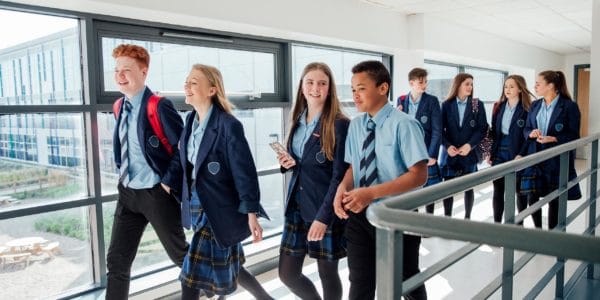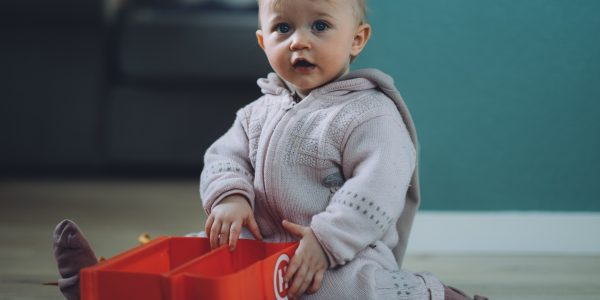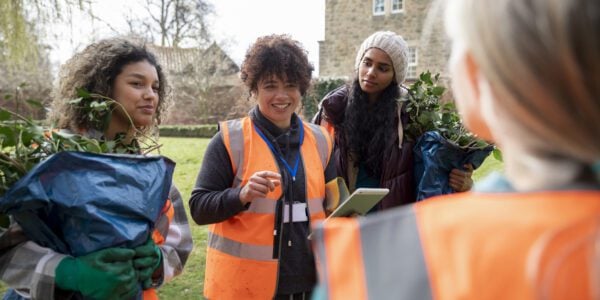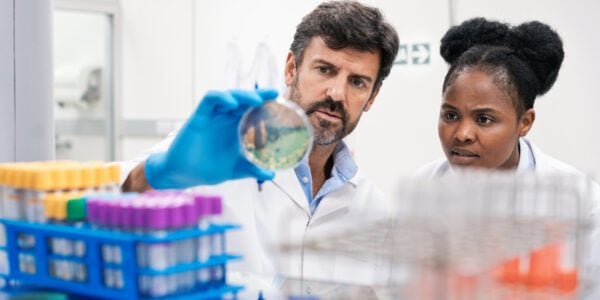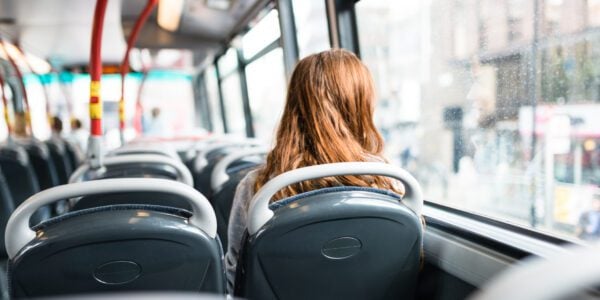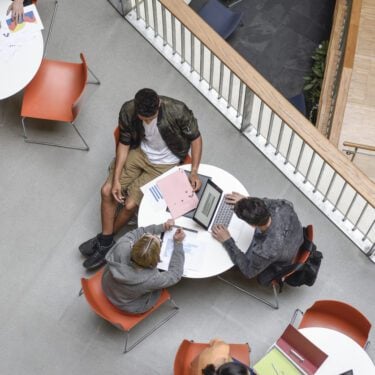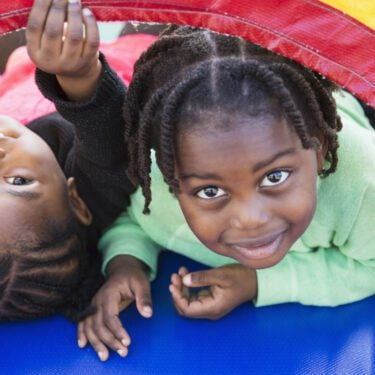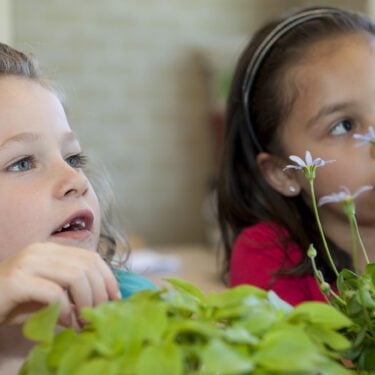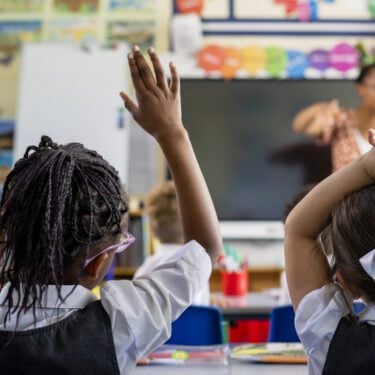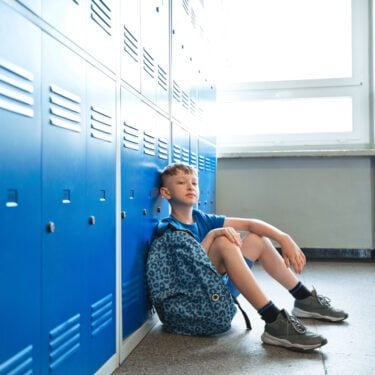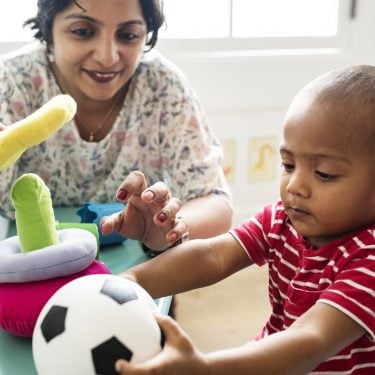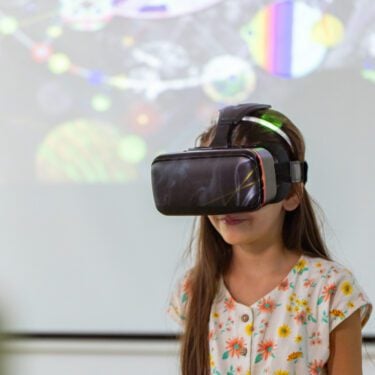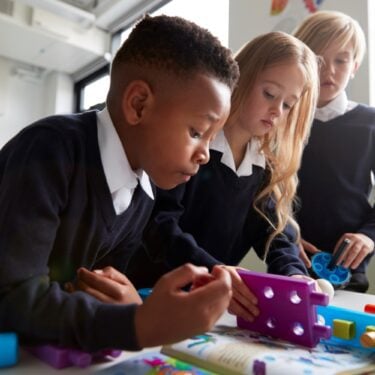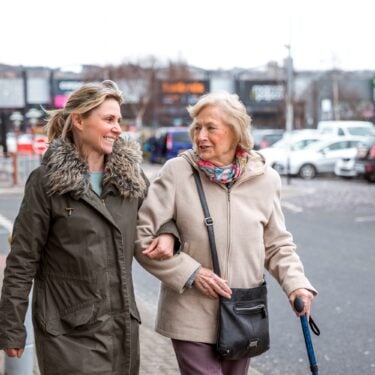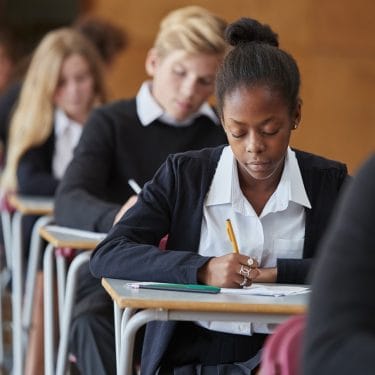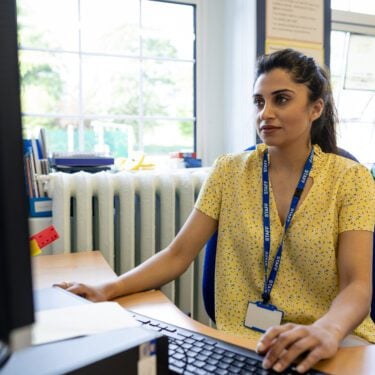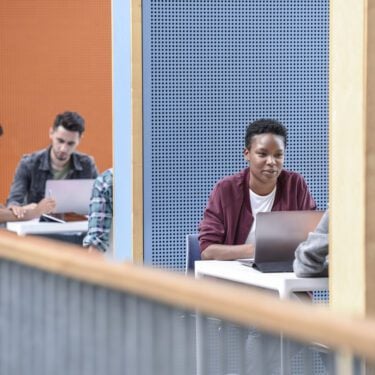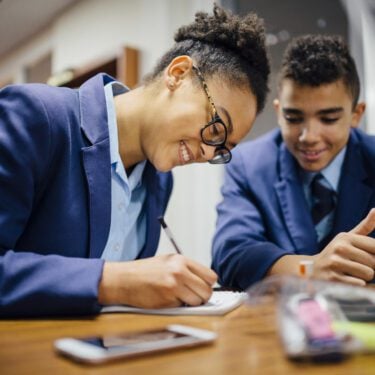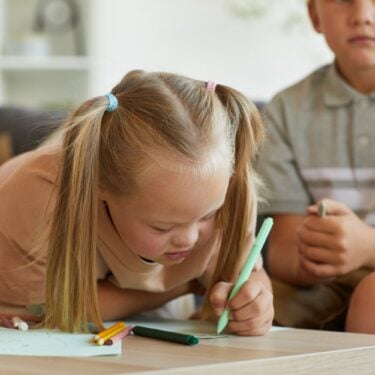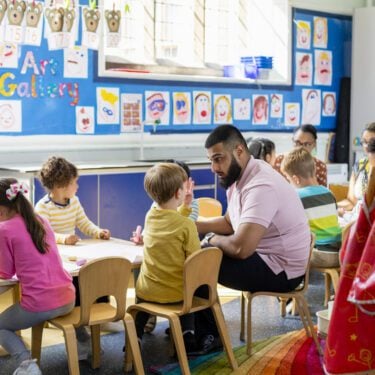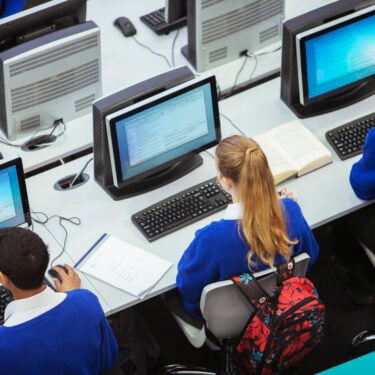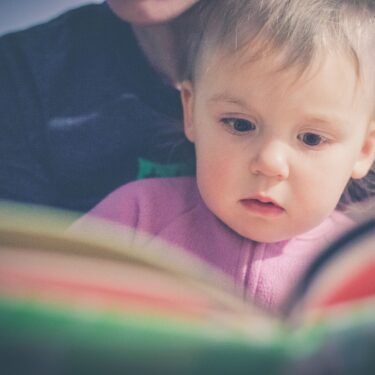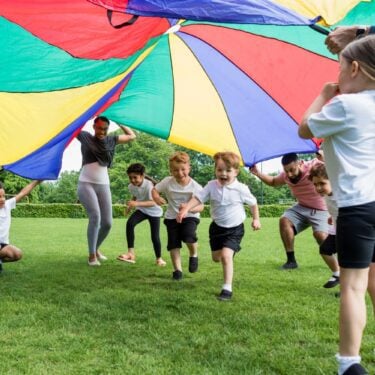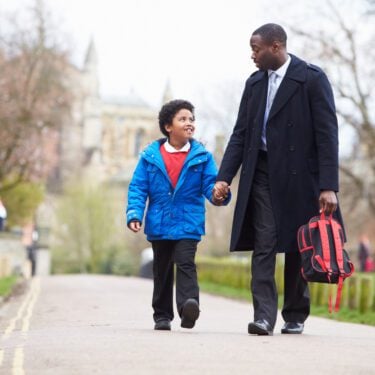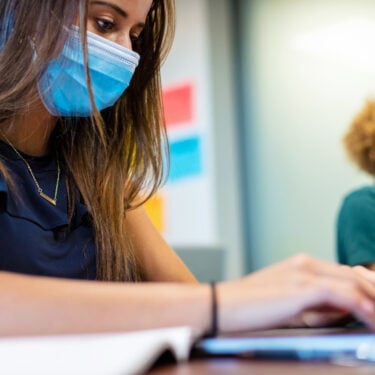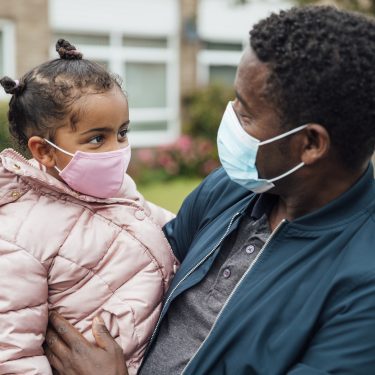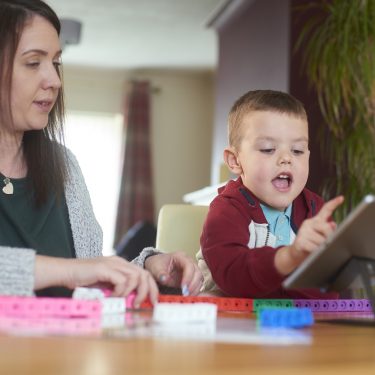
03/11/20
5 min read
In the latest flagship IFS ‘Annual Report on Education Spending in England’, funded by the Nuffield Foundation, researchers look at the challenges posed by COVID-19 for the education sector. They find that:
- Student numbers in further education colleges and sixth forms are likely to increase this year due to rising numbers of young people combined with unusually high GCSE results and significant reductions in training and employment opportunities.
- Colleges and sixth forms will benefit from an extra £400 million in funding this year. However, because of the way the funding system works, exceptional rises in student numbers could still generate a real-terms fall in funding per student. This would come on the back of a decade of large real-terms falls in funding per student.
- Universities also face significant financial risks. While student numbers appear to have held up for now, universities might still lose income if large numbers of students drop out before completing their degrees.
- By far the largest source of financial risk for universities is pension costs. New figures suggest the additional cost to universities of meeting existing pension promises may well be as high as £8 billion, or double our previous estimate of around £4 billion. Absent favourable movements in financial markets, universities could only reduce this by taking on more risk, making further reductions in the pensions provided by the scheme, big rises in employees’ contributions which would eat into their take-home pay, or some combination of these measures.
Imran Tahir, Research Economist at IFS and a co-author, said: “The government has made transforming further education a big priority. At the 2019 Spending Review, it pledged an extra £400 million in funding for this year, which could represent the first real-terms increase in spending per student for about a decade.
“However, student numbers could have risen dramatically more than expected due to a reduction in training, apprenticeship and employment opportunities, on top of population growth. If there is no additional funding forthcoming, planned real-terms increases in spending per student could be mostly – if not entirely – eroded.”
Ben Waltmann, Research Economist at IFS and a co-author, said: “In the summer, the scale of financial uncertainty facing universities as a result of the pandemic led many – including ourselves – to speculate about the potential need for a bailout. In the end, student numbers have held up better than expected, but universities still face financial risks from no-shows or higher-than-usual dropout, as well as reductions in other income streams.
“By far the biggest source of risk now appears to be the large deficit on the main university pension scheme, which has increased from £3.6 billion in March 2018 to a monumental £21.5 billion in August 2020 according to the latest preliminary estimate. With contributions already at more than 30% of earnings, it is hard to see how a deficit on this scale, if confirmed, could be evened out without further cuts in the generosity of the scheme.”
This report shines a powerful light onto education spending in England and the new challenges posed by the impact of COVID-19. There are additional financial pressures across all stages of the education system and educational inequalities are at risk of widening even further. The IFS analysis demonstrates why it is important to target funding at children and young people most at risk of losing out on educational opportunities, such as pupils attending schools in deprived areas, and young people attending further education colleges.”Tim Gardam, Chief Executive of the Nuffield Foundation
Taking each stage of education in turn, from early years through to higher education, the research also finds that:
Early years
- Government spending on funded early education and childcare places for 3- and 4-year-olds is equivalent to £3,800 per child accessing a place, down almost £100 from its high point the previous year.
- Spending per hour has been falling in real terms since 2017–18; in 2019–20 it stood at the same level as in 2016–17, meaning that the boost to hourly spending alongside the introduction of the extended entitlement in 2017 has been eroded.
- As detailed in a previous IFS report, providers focused on delivering free entitlement hours were financially well protected during lockdown by the government’s commitment to continue to fund those hours based on pre-pandemic take-up. But since most providers offer a mix of publicly and privately funded hours, they are exposed to financial risk from a potentially steep drop in childcare demand.
Schools (this analysis was pre-released in September 2020)
- School spending per pupil in England fell by 9% in real-terms between 2009–10 and 2019–20. This represents the largest cut in over 40 years, though these cuts come on the back of a significant increase in spending per pupil of 60% during the 2000s. Recent cuts have mainly been driven by cuts to school sixth form funding and big reductions in the spending role of local authorities.
- The government has allocated an extra £7.1 billion for schools in England through to 2022–23. This will increase spending per pupil by 9% in real-terms between 2019–20 and 2022–23 and near enough reverse the cuts of the 2010s. However, school spending per pupil in 2022–23 is set to be no higher in real-terms than in 2009–10.
- There is a strong case for greater funding targeted at more deprived schools and areas. Schools in deprived areas have seen faster falls in school spending per pupil over the last decade and are due to receive slower increases under the new National Funding Formula for schools in England. Evidence suggests educational inequalities will have widened during lockdown and schools in deprived areas are likely to face faster growth in costs associated with higher teacher starting salaries, given they are more likely to employ new teachers.
Further education and sixth forms
- Further education colleges and sixth forms have seen the largest falls in funding of any sector of the education system since 2010–11. Funding per student in further education and sixth-form colleges fell by 12% in real-terms between 2010–11 and 2019–20, while funding per student in school sixth forms fell by 23%.
- There could be a sharp increase in student numbers in colleges and sixth forms in 2020. Population projections imply a 3% growth in the number of 16-17 year olds in 2020 and growth of 13% between 2019 and 2023. As in previous recessions, the economic downturn could lead to an increase in participation in full-time education, particularly with large reductions in apprenticeship and training opportunities
- Responding to these changes in participation will be challenging given that providers’ funding is based on previous student numbers. The government has already provided an extra £400 million for 16-18 education in 2020–21. This allows for a real-terms growth in spending per pupil of about 2% based on population forecasts. However, exceptional growth in student numbers could erode much, if not all, of this planned real terms increase in spending per student.
- Spending on adult education is nearly two-thirds lower in real terms than 2003–04 and about 50% lower than in 2009–10.This fall was mainly driven by the removal of public funding from some courses and a resultant drop in learner numbers.Responding to proposals in last year’s Augar Review of Post-18 Education Funding, the government plans to restore public funding for adults taking first Level 3 course from April 2021.
Higher education spending
- Long-run government spending on higher education is set to be significantly higher this year, mostly due to the COVID-19 crisis reducing graduates’ long-term earnings. For this year’s new students, we estimate the government contribution to higher education could increase by around 20% – £1.6 billion – under the OBR’s pessimistic scenario for future labour market conditions.
- The long-run costs are much higher when we also factor in the effects of COVID-19 on previous university students, as their current and future student loan repayments are likely to be lower too. In total, we expect a fall in future repayments of as much as £12 billion for university entrants up to the 2020 under the OBR’s pessimistic forecasts, and around £5 billion under their central scenario.
- Universities face several sources of financial risk and uncertainty. While student numbers appear to have held up for now, universities might still lose income if large numbers of students drop out before completing their degrees.
- The largest source of financial risk is pensions. Reduced interest rates and depressed rates of return have significantly increased the expected cost of pension promises, further increasing the already large deficit on the main university pension scheme. New figures suggest the additional cost to universities of meeting existing pension promises may well be as high as £8 billion, or double our previous estimate of around £4 billion. Absent favourable movements in financial markets, universities could only reduce this by taking on more risks, making further reductions in the pensions provided by the scheme, big rises in employee contributions which would eat into their take-home pay, or some combination of these measures.
